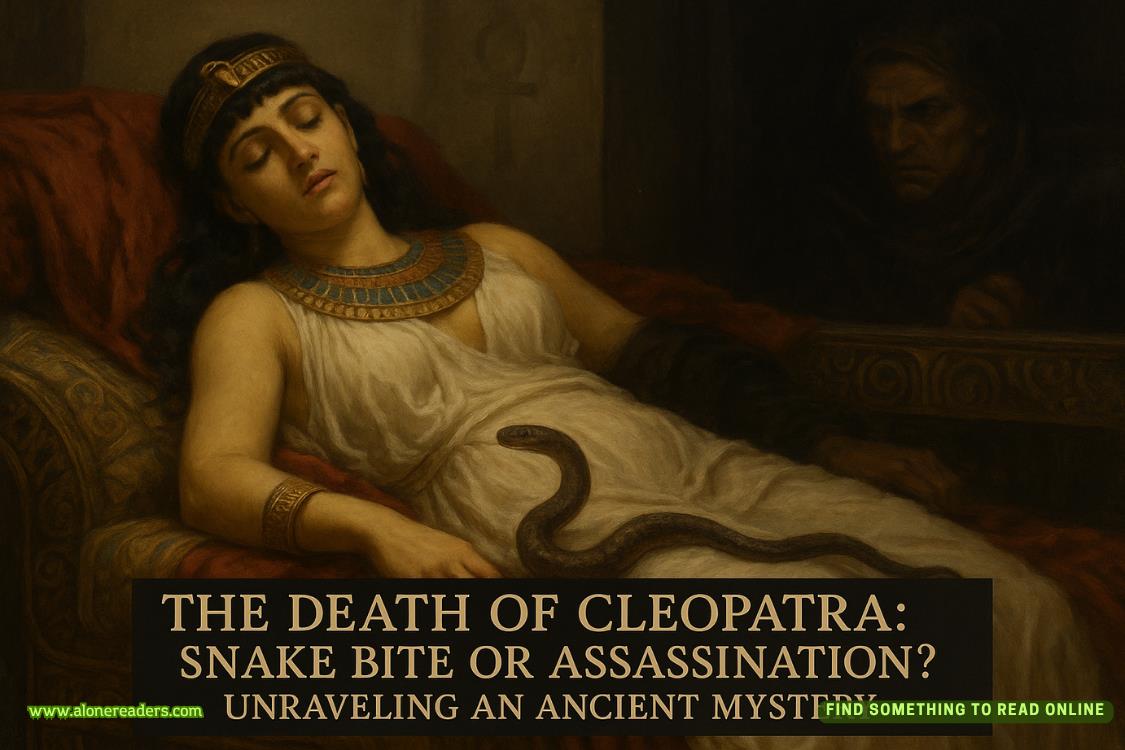Page 4 of Air Force One
The most carefully maintained airplanes in the world are a pair of highly modified Boeing 747-200Bs that were built in 1986. First flying in 1987, they were not completed until 1990 due to numerous wiring issues. Those were well in the two planes’ past.
Once completed, and designated as US Air Force VC-25As, these two aircraft were assigned to the Presidential lift mission. When they did so, their call sign changed. Normally SAM—Special Air Mission—28000 and 29000, they were called Air Force One when the President was aboard.
For thirty-five years and thousands of flights, there was no reported instance of either aircraft not being mission-ready.
The President decided at the last minute, at least by Presidential travel standards—a mere three weeks earlier—to take a final trip. He led his long-time friend General Drake Nason and First Lady Rose Cole aboard SAM 29000 at 0914 Washington, DC, local time. Per standard operations, within three minutes after they boarded, all four engines were started and safety checks completed. With a favorable northwesterly wind of fifteen knots, Air Force One taxied one-point-two kilometers from its custom hangar to the near end of Runway 01 Left in just eighty-four seconds.
They received immediate clearance and exclusive use of the airspace within ten kilometers, briefly altering flight paths for Ronald Reagan Washington National Airport and grounding all aircraft at several smaller fields.
After performing the few steps required by the Pre-takeoff Checklist, pilots Colonel Sandra Ames and General John Owen advanced the throttles on all four engines.
Takeoff and departure proceeded per plan, wheels up a minute early at 0919, and air traffic restrictions at the local airports were lifted by 0921. The VC-25A included over fifty tons of additional weight due to modifications ranging from built-in airstairs both forward for the President’s use and aft for everyone else’s, luxury seating, communications gear capable of running a global war, and anti-missile defenses. The aircraft was still fifty tons lighter than its commercial airline counterpart because it carried three hundred fewer passengers, minimal luggage, and no additional dead-space cargo. With a fifty-five percent fuel load to reach Africa, it saved another eighty-one tons.
With such a favorable thrust-to-weight ratio, Air Force One climbed quickly as it flew slightly south of east. In just fifteen minutes, it reached a cruising altitude of forty-five thousand feet and cleared the coast. Within thirty, it passed two hundred kilometers offshore.
The order of travel was unfortunate.
The original plan, for what the media had dubbed the President’s Final Farewell Tour, had included stops at London, Brussels, and Paris before proceeding to Senegal to speak at the African Union meeting. All fifty-five African leaders would be in attendance, making it an excellent opportunity for President Cole to investigate the best leverage opportunities with the various leaders. Major General Ralph Eubanks, the recently promoted director of the White House Military Office responsible for all Presidential travel, had feared that placing the African Union as the ultimate stop on the final tour of a very popular American President might insult the European nations. He therefore shifted the trip’s timing enough to reverse the order of the visits.
Under the original plan, Air Force One would have flown along the US and Canadian east coast for the first twenty-two hundred kilometers. Under the revised schedule, the plane flew directly east, striking for the distant African coast with the first land being the Canary Islands, which lay five thousand, five hundred and twenty-three kilometers from Washington, DC.
3
They were a very convivial group in the President’s onboard office, helped along by mimosas and generous bowls of hothouse strawberries, pre-cut and doused in clover honey. Roy sat behind his desk. Drake sat in the seat across from him and Rose upon the curved couch that faced her husband.
Drake had never trusted Rose’s first husband, Senator Hunter Ramson, though Drake had spoken many times before the Senate Armed Services Committee that the man had chaired before his fiery and—in his and the FBI’s opinions—fully deserved demise. But it was impossible not to like his widow, Rose. She’d long been dubbed the First Lady of DC for her keystone position in the social set. Over the last year as the President’s girlfriend and then wife, she’d proven herself to be a major asset both socially and personally.
“Pity that we’ll be losing you as First Lady in three weeks. Of course, then the country would have to keep putting up with Roy here. Nobody’s ready for that. I’d have suggested that you run for his office, but there’s no way I’m going to stick around for another four years, even for you, Rose.” Drake’s mandatory retirement after thirty-five years of service had already been extended twice by President Cole—he was done.
“You will not escape that role so easily, Ranger,” Roy grinned at him. That too was new; a lighter spirit that Rose had brought to the main man. “Not with your wife bringing home the worries of the office.”
“And what is a former Green Beret going to do with his retirement…golf?”
Roy made a disparaging sound; neither of them had played a round of golf in their lives. “I’m sure that my lovely wife will have a brilliant idea or two.”
“Make him Sarah’s ambassador to the UN.” Drake turned his attention to Rose.
“Oh, you must think me very cruel,” she managed with a bright laugh.
“No, I—” That’s when Drake noticed the shifting sunlight through the plane’s windows. The oval blotch of brightness moved across the dark mahogany of the President’s desk and highlighted the President himself. They were barely thirty minutes into the flight. The first turn shouldn’t be for another five hours.
Drake picked up the phone without asking and punched through to the flight deck. The copilot answered.
“Report.”
“We had a failure in Engine Four and have been unable to restart it. We’re turning back for the US coast to—” Then Colonel Sandra Ames cursed in a very unladylike but very military manner. “Sorry, sir.”
Drake didn’t have to ask. Despite the heavy sound insulation of the President’s onboard office, he could hear the strange cascading scale of another engine winding down. He hadn’t heard the first one go.
“I won’t keep bothering you, but keep the line open.” Drake switched to speakerphone and tapped the mute button so that they could listen without being heard.
“Roger that.”
He and Roy exchanged a glance, and Rose didn’t miss it.
“Should I be worried?”
“She’ll fly comfortably on two engines. Tricky to control, as both failures are on the same side, but—” He kept listening to the pilot chatter in the background.















